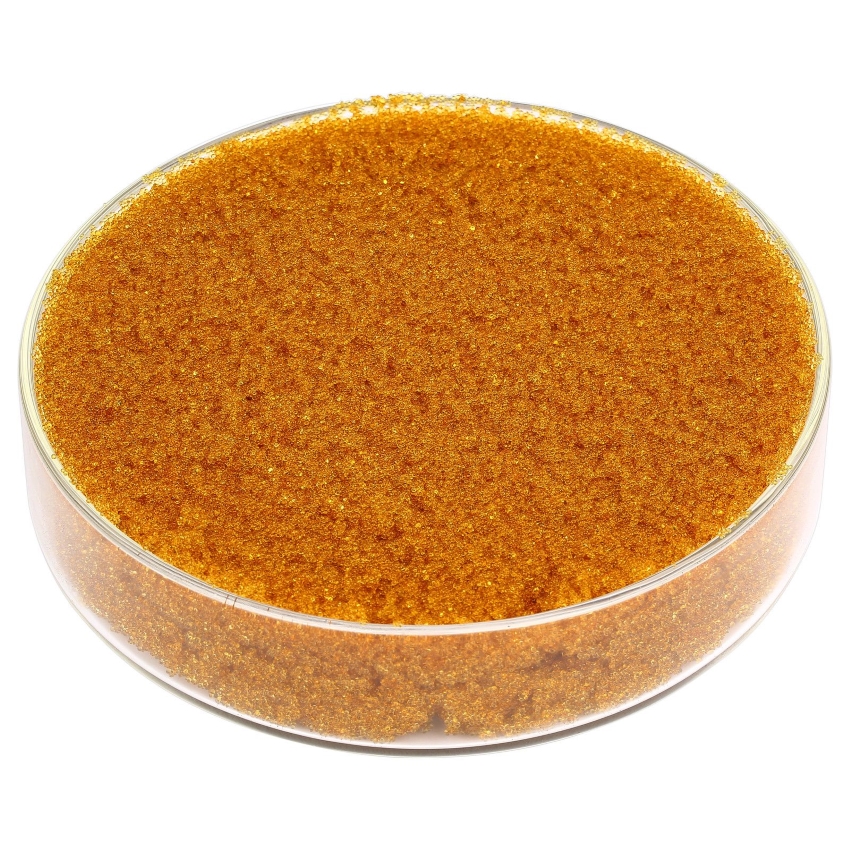
Depending on the quality of the drinking water available in a region, post-treatment may make sense for a variety of reasons. Here, the focus is on the hardness of the water in particular. Water hardness is defined as the sum of all alkaline earth ions, referred to as hardness components, whereby calcium represents the greatest problem. In conjunction with carbonate, which is also present in virtually all drinking water, it forms calcium carbonate, i.e. lime, which frequently crystallizes out as a white deposit and can result in scale formation in pipes and on fittings and heat transfer surfaces (heating, dishwashers, and washing machines, etc.) and, ultimately, damage to household installations and appliances. After all, coffee and tea taste significantly better when they are made using water with a low lime content.
Water with a high lime content is also referred to as hard water, and water with a low lime content as soft water. There are two methods based on ion exchange for reducing the hardness of water – complete softening and partial softening.
Both methods, and therefore both resin types, are also suitable for use in larger systems that can supply apartment buildings, residential complexes, remote settlements, and even entire villages and towns with soft drinking water.
All X® resins used in this area were specially developed for application in the sphere of drinking water. Ion exchange filters like these also reliably retain lead, nickel, copper, and other metal ions that are hazardous to health.